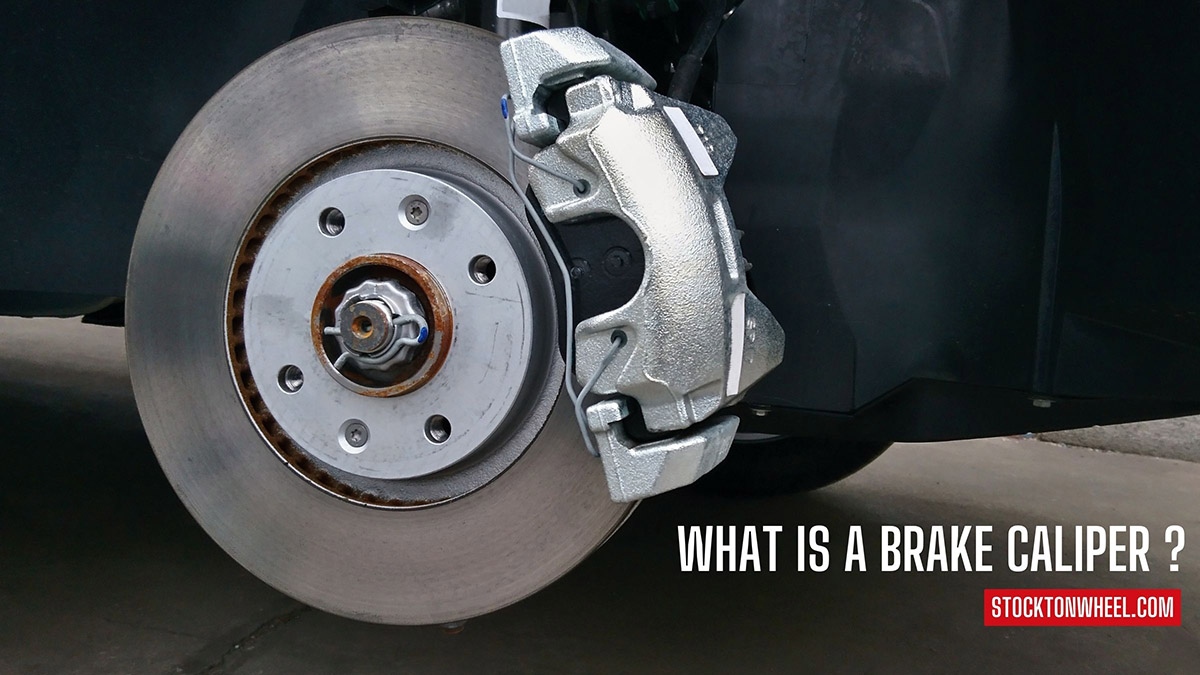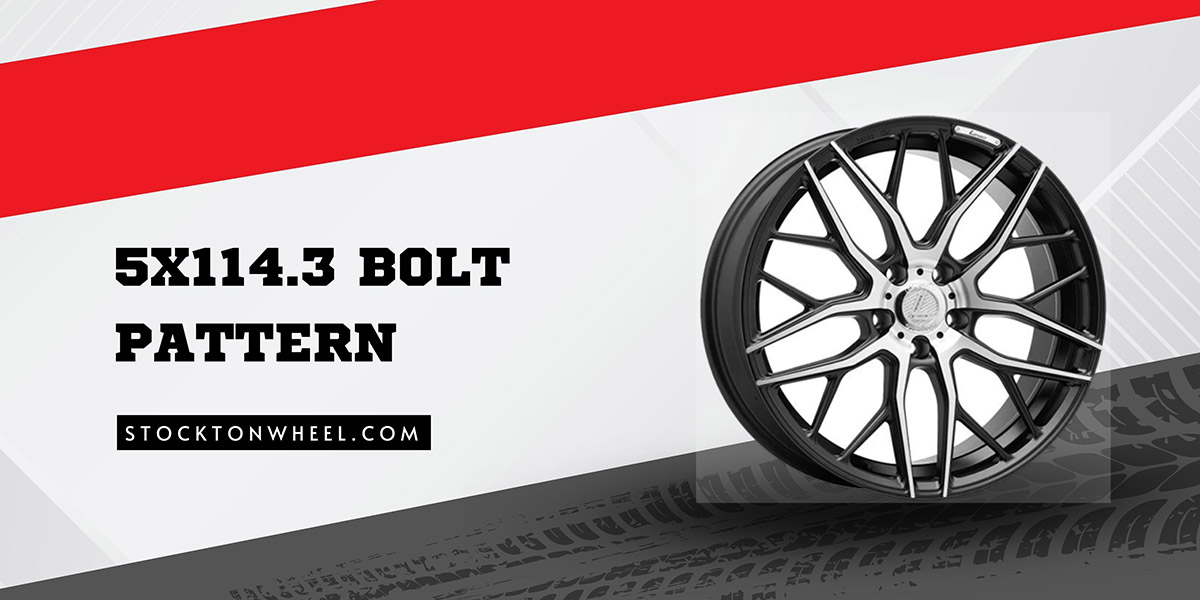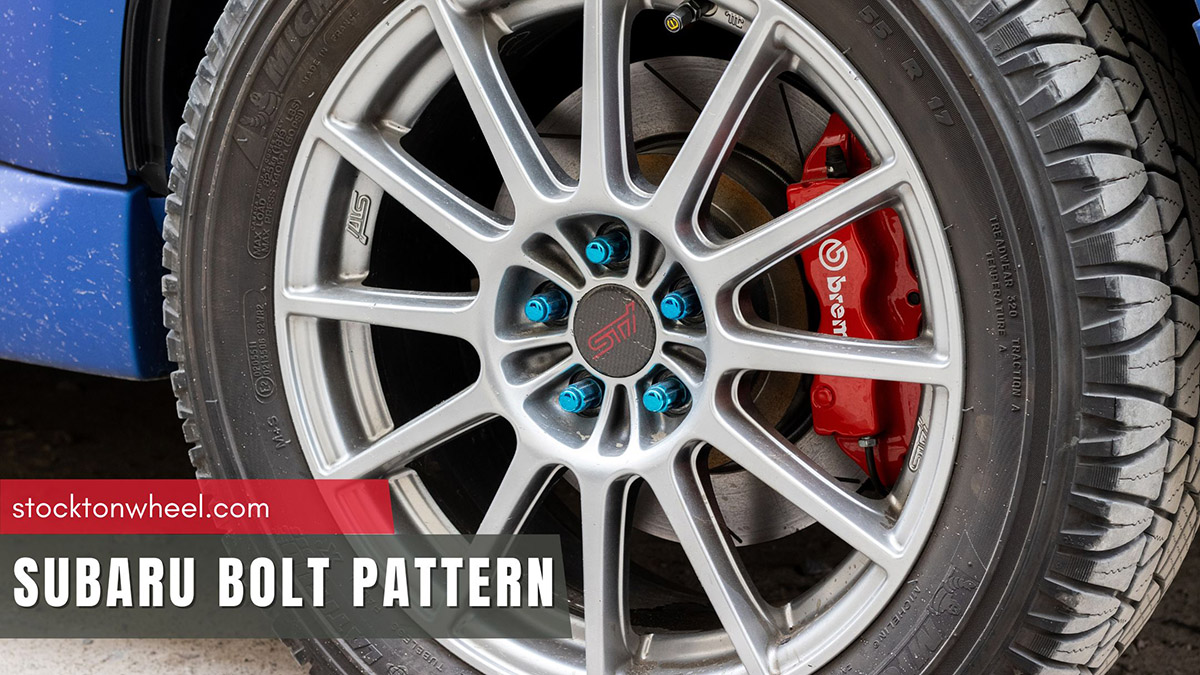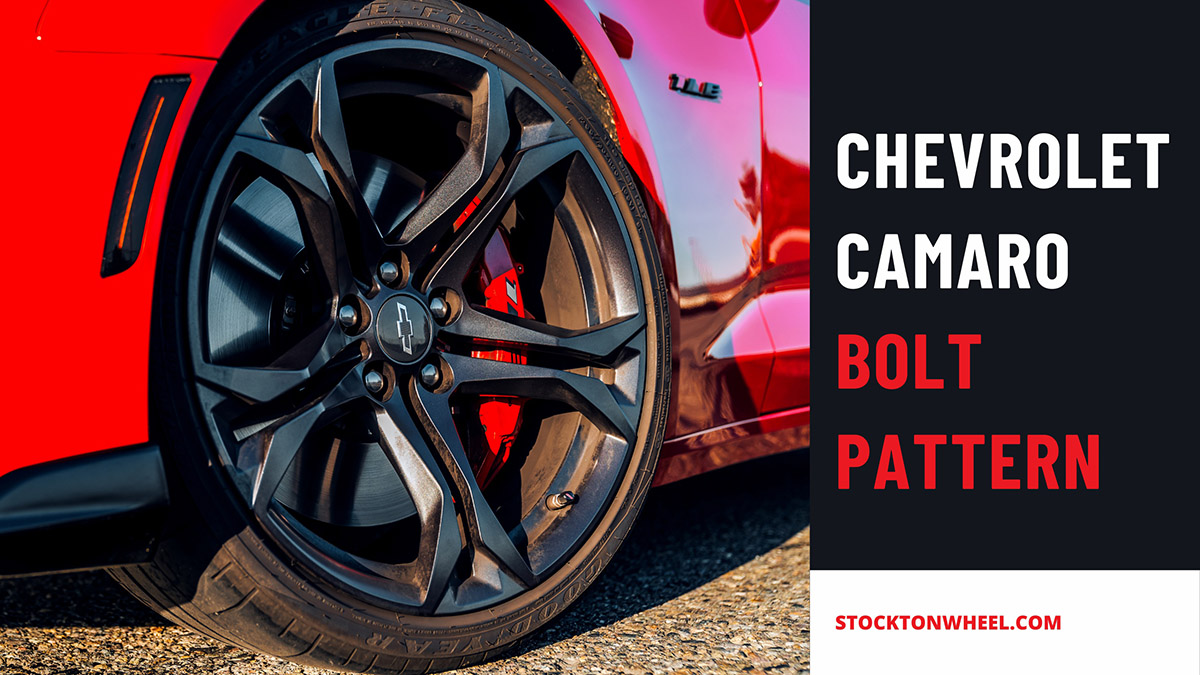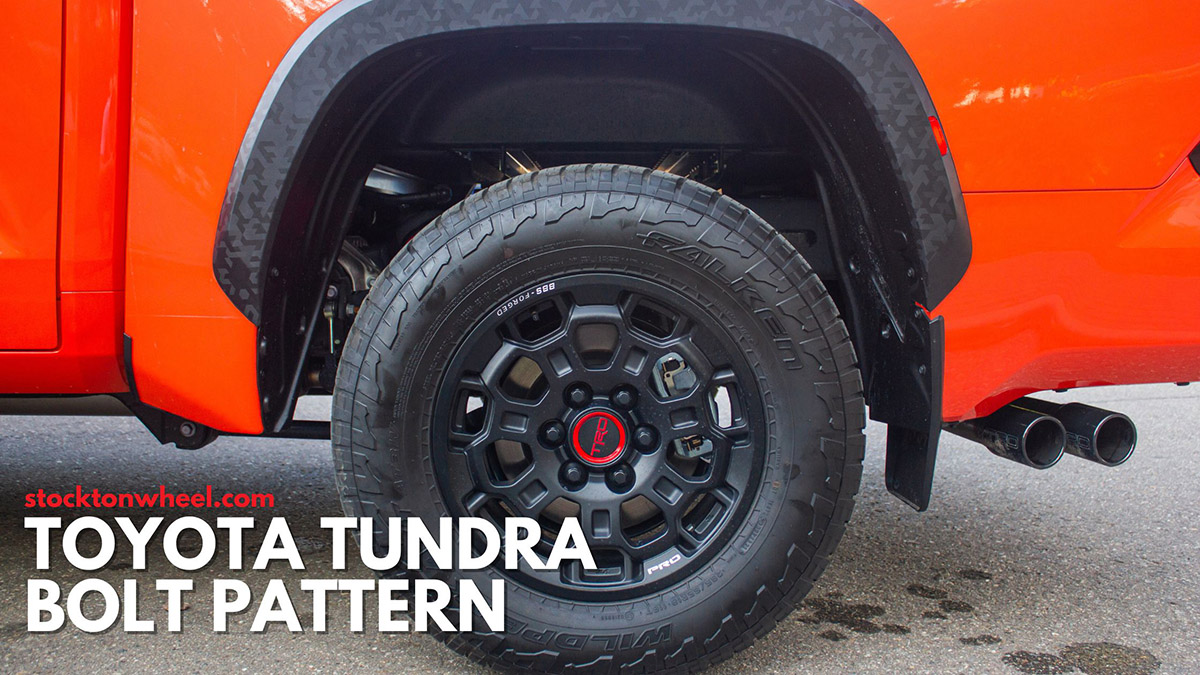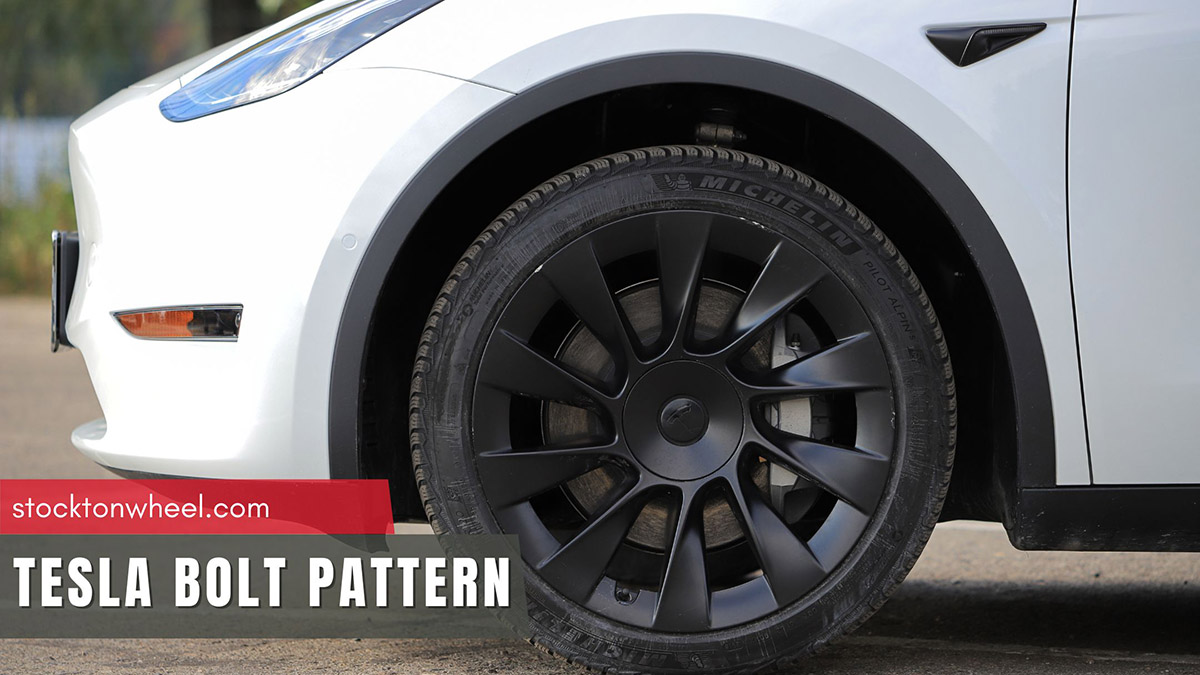Have you ever wondered what makes your car stop when you press the brake pedal? It’s all thanks to brake calipers.
In this article, we’ll look closer at this part and how it works. We’ll also discuss the importance of maintenance and how to keep your calipers in top condition.
In this article:
What Are Calipers And What Do They Do?
Disc brake calipers are part and parcel of the disc brake system. Inside the caliper are brake pads and pistons, which are in charge of applying force to stop a car.
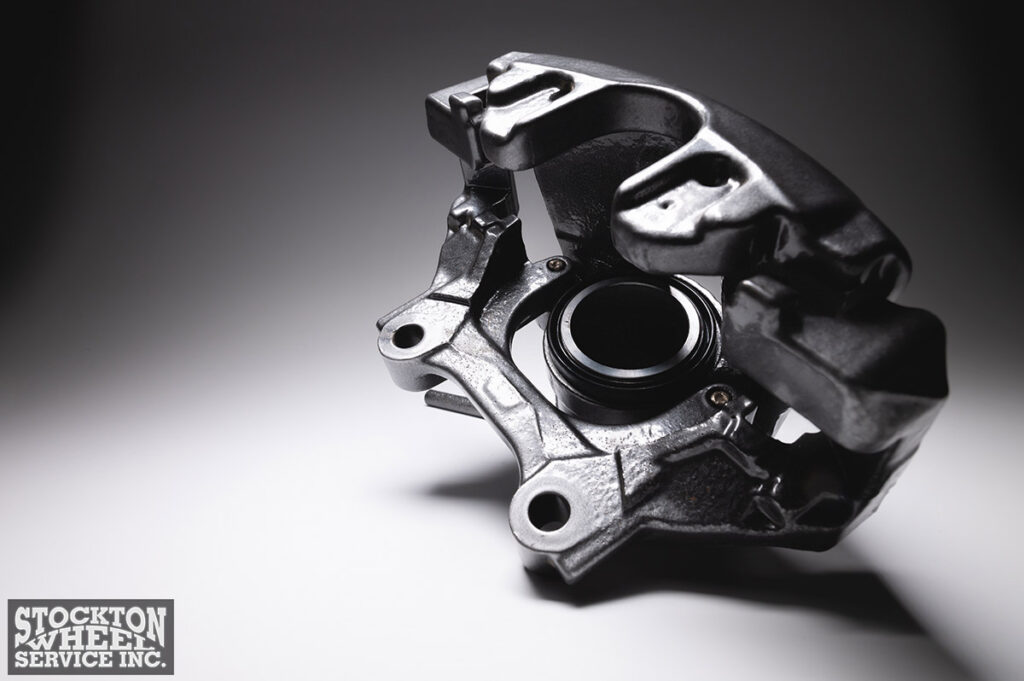
When you hit the brake, hydraulic pressure is generated and transferred to the pistons in the calipers, forcing them to push the brake pads toward the brake rotors. As these two parts come into contact, they create friction, slow down the vehicle, and eventually stop it.
Calipers are made from durable materials, such as aluminum and steel, to tolerate the extreme heat and pressure generated during braking. In fact, they can withstand temperatures of up to 400°C (752°F).
Where Is A Brake Caliper Located?
Brake calipers are located on the wheels, specifically on the brake disc. They are usually mounted on the inside or outside of the wheel.
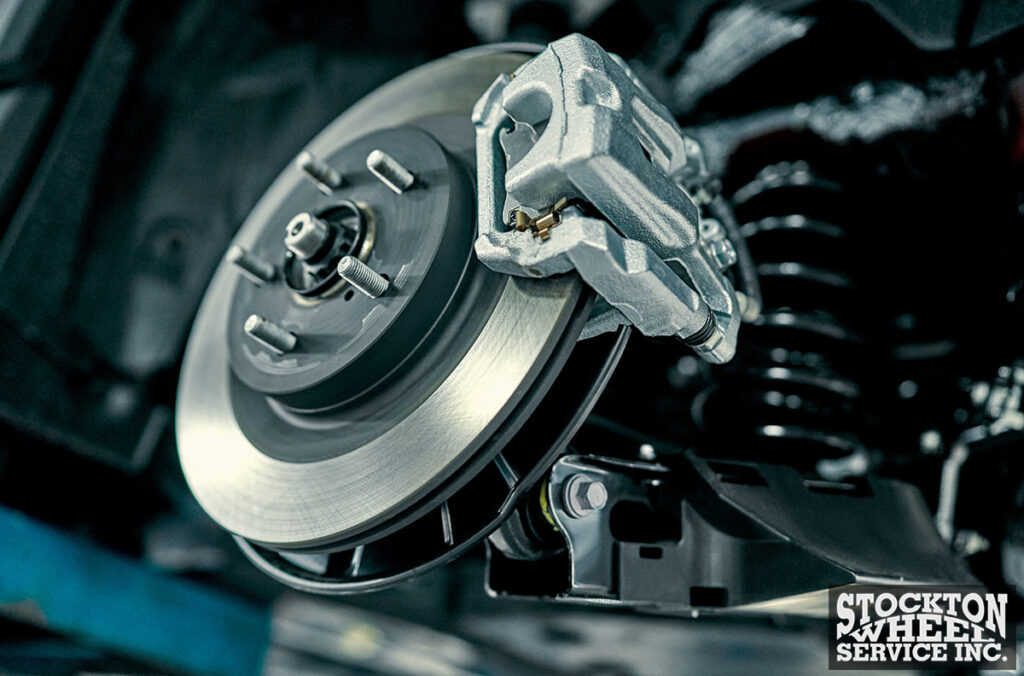
When the calipers are operating, they release a lot of heat, and their placement on the wheels allows them to dissipate excess heat more efficiently. Additionally, the part can shield the brake disc from damage when you unintentionally encounter a pothole.
Depending on the type and model of your vehicle, its location may vary. The stopping distance can increase if the caliper is positioned too far from the brake disc, as it takes longer to clamp down on the disc.
Brake Calipers Components
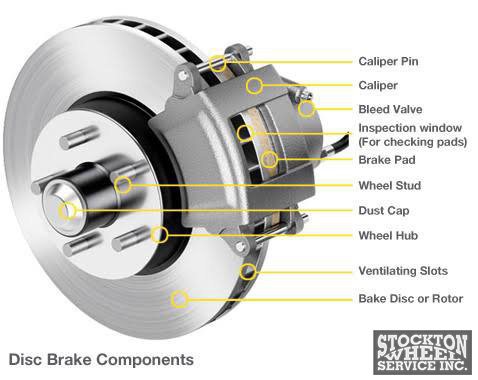
A brake caliper is a complex part made up of many different components.
- Caliper housing: This is the main body of the caliper that houses all of the other components.
- Pistons: Inside the caliper housing are cylindrical parts called brake caliper pistons.
- Seals and dust boots: While keeping the pistons lubricated and clean, the dust boots and seals also stop braking fluid from leaking. Rubber is used to make the seals, while there are either metal or rubber dust boots.
- Brake pads: They are made of a heat-resistant and anti-friction material that directly rubs against the brake rotors to slow down or stop the wheels. Depending on your driving style and the type of brake pads you use, they should be changed every 25,000 to 65,000 miles.
- Slide pins and bushings: The caliper may move freely on the caliper bracket thanks to the slide pins and bushings, enabling the brake pads to press the brake rotors with equal pressure.
- Locking bolts: The locking bolts hold the caliper in place on the caliper bracket.
Furthermore, springs, clips, and shims are among the other pieces of the brake caliper that work in concert to ensure that the part performs as intended.
Types Of Brake Calipers
There are three main types of calipers: floating, fixed, and sliding.
Floating calipers are the most common type of brake caliper used in modern vehicles, having one or more pistons on the inboard side of the rotor. They can move slightly on the caliper bracket, which allows the brake pads to apply even pressure to the rotor.
Fixed calipers have two or more pistons on both sides of the rotor, providing more clamping force and better braking performance. They are also less likely to overheat than floating calipers. Caliper adapters can be used to upgrade fixed calipers to larger or more powerful ones.
Sliding calipers are floating calipers with a single piston on the inboard side of the rotor.
| Type of calipers | Pistons | Clamping force | Complexity and cost |
| Floating | 1 or more on the inboard side | Good | Less complex and less expensive |
| Fixed | 2 or more on both inboard and outboard sides | Excellent | More complex and more expensive |
| Sliding | 1 on the inboard side | Good | Less complex and expensive than fixed calipers but more complex and expensive than floating calipers. |
How To Maintain And Repair Brake Calipers?
Inspect brake calipers regularly: Look for any cracks, corrosion, or leaks. You should also check the condition of the brake pads and rotors. If any of these components are damaged or worn, they should be replaced immediately.
Clean and lubricate brake calipers: This will help to prevent rust and corrosion from building up and keep the moving parts functioning smoothly. To clean the entire caliper, use a brake cleaner and a wire brush to remove dirt or debris. Once the calipers are clean, apply a thin coat of caliper grease to the slide pins and bushings.
Flush your brake fluid every two years, or more often if you drive in harsh conditions: Brake fluid is a hygroscopic type that absorbs moisture from the air. Over time, this moisture can cause the brake fluid to boil, leading to brake failure.
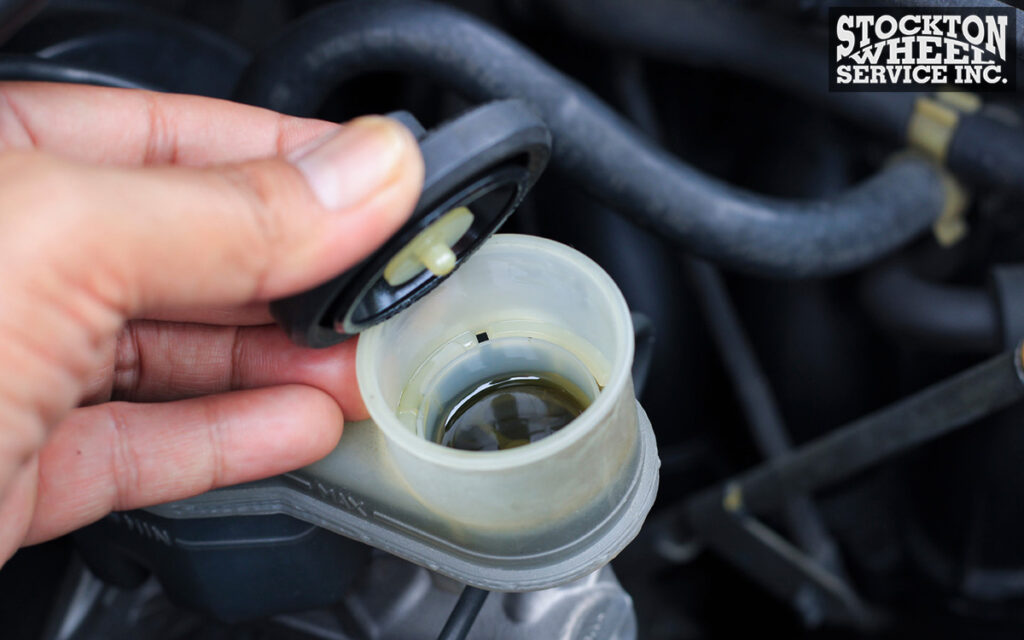
Repair or replace damaged or worn-out brake calipers: Some common brake caliper problems include stuck pistons, leaking seals, corrosions, etc.
You should take your automobile to a professional mechanic if you feel uneasy doing brake caliper repairs yourself.
How Many Calipers Does A Car Have?
While some automobiles have 4 calipers, others only come with 2. In some high-performance cars, the number of calipers might be more than 4 to enhance the braking performance during heavy loading or spirited driving.
The number of brake calipers on a car depends on the type of braking system it has. For example, if your car is equipped with disc brakes on all 4 wheels, there will likely be 4 calipers, but drum brakes don’t rely on calipers to operate.
FAQs
How Much Does It Cost To Replace A Brake Caliper?
Brake caliper replacement can cost anywhere from $150 to $350, with parts ranging from $50 to $200 and labor from $100 to $150.
If you’re on a tight budget, consider buying refurbished calipers. They’re typically rebuilt to original manufacturer specifications and come with a warranty, so you can be confident you’re getting high-quality calipers at a fraction of the cost.
What Are The Signs Of Failing Calipers?
Among the most typical symptoms are:
- Spongy or soft brake pedal
- Reduced braking performance
- A burning smell coming from the brakes
- A squealing or grinding noise when you brake
When braking, if you see any of these indicators or other issues, pull over and do a thorough inspection. Driving with a faulty brake carries serious hazards. After that, get your brake examined by an experienced mechanic.
Is It Better For Calipers To Use The Brake Pedal Than The Brake Lever?
It is generally better for calipers to use the brake pedal than the brake lever. While the brake lever only applies pressure to the front wheels, the brake pedal distributes pressure to all four wheels, which can reduce wear and tear.
Conclusion
Brake calipers are activated by hydraulic pressure from the brake master cylinder. This part is critical for safe driving, so it’s essential to maintain them properly. Have a professional mechanic inspect and service them regularly.

